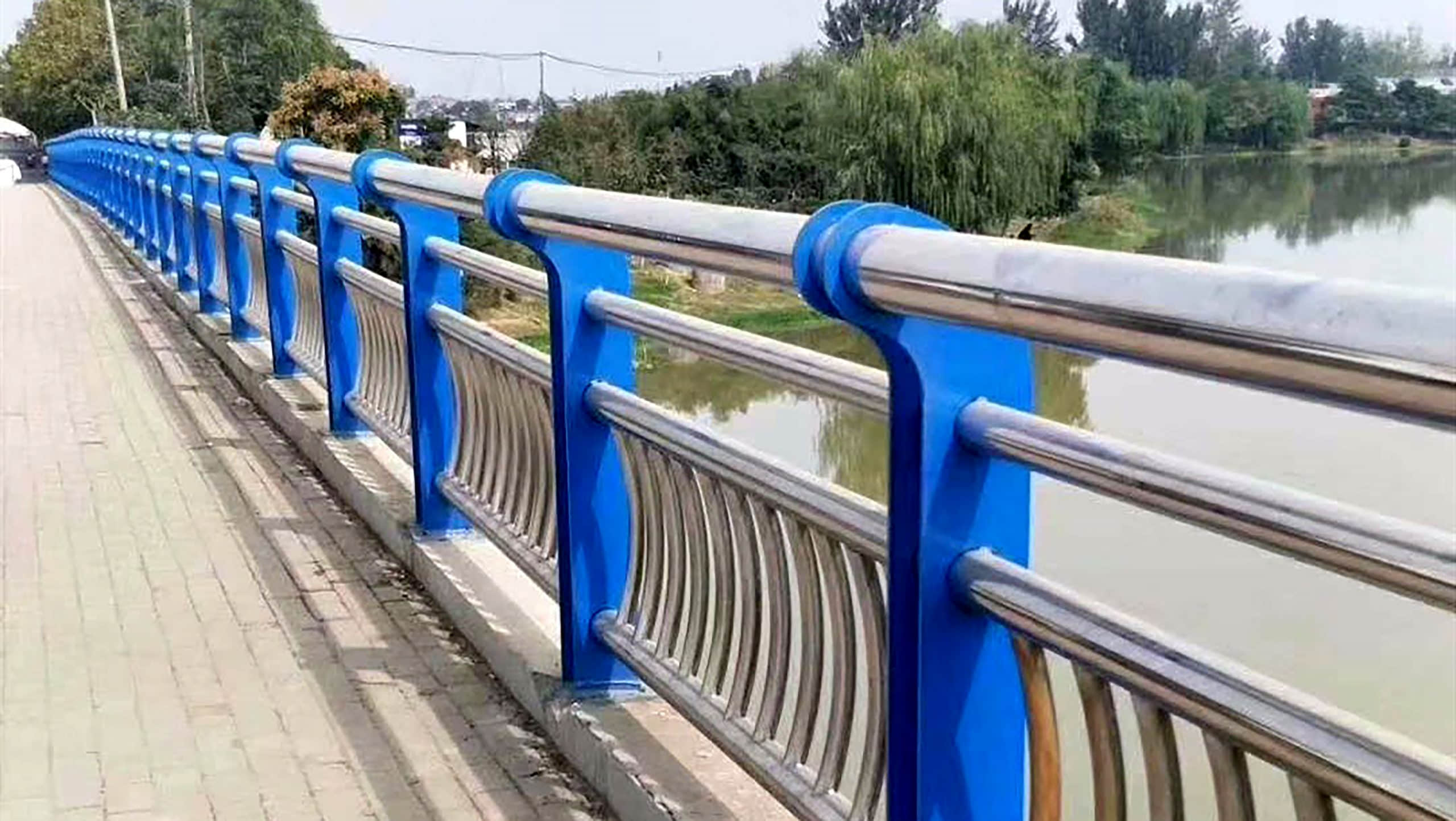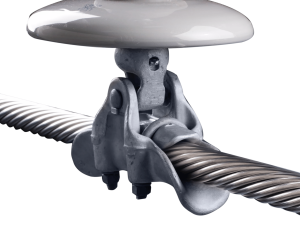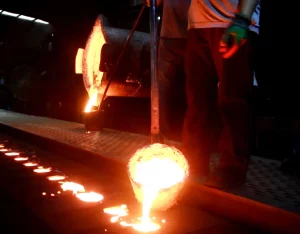Ground anchors are an essential component of modern construction and engineering projects. They are used to provide stability and safety to structures that are built on unstable or uneven ground. Ground anchors are also used to secure structures against natural disasters such as earthquakes, landslides, and hurricanes. In this article, we will explore the importance of ground anchors, their types, and their applications in various fields.
Ground anchors can be divided into anchor piles, anchor points, anchor ingots, and drag pits. In lifting operations, ground anchors are commonly used to fix drag ropes, cable wind ropes, winches, guide pulleys, etc. Ground anchors are generally made of steel wire ropes, steel pipes, reinforced concrete prefabricated parts, round logs, and other embedded parts buried underground.
Ground anchors are devices that are used to secure structures to the ground. They are designed to transfer the load of the structure to the ground, providing stability and safety. Ground anchors are made of high-strength materials such as steel, and they are installed deep into the ground to provide maximum support. They are used in a variety of applications such as building foundations, retaining walls, bridges, and towers.
There are several types of ground anchors, each designed for specific applications. The most common types of ground anchors are:
1. Deadman Anchors: Deadman anchors are used to secure structures that are subjected to horizontal loads such as wind or water pressure. They consist of a large mass of concrete or steel that is buried in the ground and connected to the structure with a cable or rod.
2. Driven Anchors: Driven anchors are used to secure structures that are subjected to vertical loads such as buildings or towers. They are installed by driving a steel rod or pipe into the ground using a hydraulic hammer.
3. Screw Anchors: Screw anchors are used to secure structures that are subjected to both horizontal and vertical loads such as retaining walls or bridges. They consist of a steel shaft with a helical plate that is screwed into the ground using a hydraulic motor.
4. Grouted Anchors: Grouted anchors are used to secure structures that are subjected to high loads such as dams or tunnels. They consist of a steel rod or cable that is inserted into a hole drilled into the ground and filled with grout.
Ground anchors are used in a variety of applications in various fields. Some of the most common applications of ground anchors are:
1. Building Foundations: Ground anchors are used to provide stability and safety to building foundations that are built on unstable or uneven ground.
2. Retaining Walls: Ground anchors are used to secure retaining walls that are subjected to horizontal and vertical loads.
3. Bridges: Ground anchors are used to secure bridge piers and abutments that are subjected to high loads.
4. Towers: Ground anchors are used to secure communication towers and wind turbines that are subjected to high winds.
5. Dams: Ground anchors are used to secure dams that are subjected to high water pressure.
The advantages of iron ground anchors are as follows:
Iron ground anchors bear significant pressure.
Iron ground anchors have a small area of damage to the platform surface.
The iron ground anchor is particularly convenient for upward and downward adjustment.
Iron ground anchors can be adjusted multiple times because the frequency of use of the platform is relatively high, and the accuracy of the platform itself will definitely decrease. At this time, we can use ground anchors to adjust the accuracy at any time.
Use iron ground anchors as adjustment tools. Once the platform needs to be repositioned, it can be moved at any time, making disassembly and assembly convenient.










